MotoGP Preview Phillip Island: Brembo ready for the challenge in Australia
At Phillip Island, be careful not to let the brakes cool down too much and watch out for the carbon in case of rain
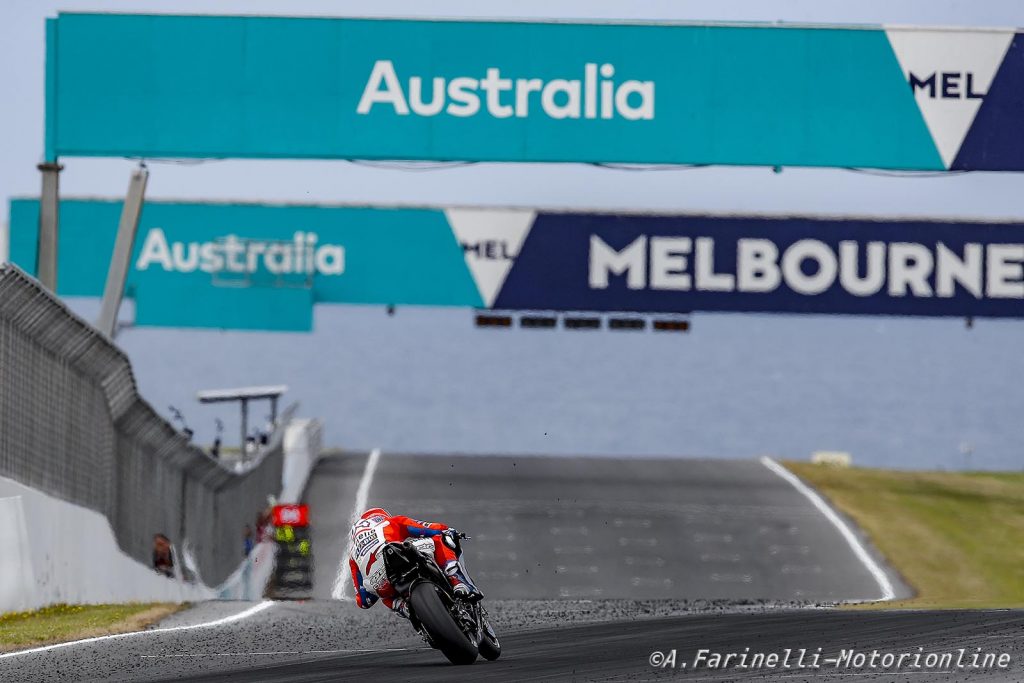
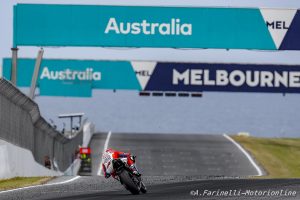
The second event of the Asian-Ocean triptych is the Australian GP scheduled for 20 to 22 October at Phillip Island (Australia) and is valid as the 16th event of the MotoGP World Championship. Inaugurated in December 1956, the track has hosted the 500-MotoGP since 1989 and the Superbike World Championship since 1990. Located on the island of the same name, 140 km from Melbourne, it is the circuit closest to the South Pole of the entire championship. In the last two editions its 38 degrees of latitude have translated into rather cold temperatures: in 2015 during the race the air temperature reached a maximum of 15 degrees and last year it did not exceed 13 degrees.
To keep the initial temperature of the brakes adequate, MotoGP bikes often use carbon covers, the same ones used on other circuits in case of rain. In case of rainfall the riders could instead use steel discs but at Misano, a month ago Marc Marquez demonstrated that it is possible to race in the rain even with Brembo carbon discs without being affected. According to the Brembo technicians who assist 100 percent of the 2017 MotoGP riders, the Phillip Island Grand Prix Circuit falls into the category of circuits that are not very demanding on the brakes. On a scale of 1 to 5 it earned a difficulty index of 1, a value not recorded by any of the other 17 slopes. The same score was also obtained for the Superbike.
The engagement of the brakes during the GP
Despite having 12 corners, the Australian track only has 6 points where MotoGP brakes are used, one less than Superbike braking. On no other track in the MotoGP World Championship are so few braking incidents recorded: at Sachsenring and Spielberg there are in fact 7. On average at Phillip Island the brakes are used for 20 seconds per lap, equivalent to 22 percent of the duration of the race. Furthermore, the proximity to the icy waters of the Pacific Ocean facilitates the dispersion of accumulated heat. The average deceleration is 1,12 g but for 3 of the 6 braking applications it does not exceed 1 g. Adding up all the forces exerted by a driver on the brake lever from the start to the checkered flag comes close to 7,3 quintals, the lowest value of the entire championship. For Superbikes the value is close to 6 quintals but their races last only 22 laps compared to 27 laps for MotoGPs.
The most demanding braking
Of the 6 braking sections on the circuit, none are considered highly demanding on the brakes, 2 are of medium difficulty and 4 are light. With its 231 meters of braking distance, the first corner after the finish line is the hardest for the braking system: the MotoGP bikes go from 341 km/h to 189 km/h in 3,3 seconds during which the riders are subjected at a deceleration of 1,5 g. In this corner, braking on the Superbikes requires less time (2,6 seconds) and space (173 metres) because the bikes are about thirty kilometers slower.
Curve 4, on the other hand, stands out due to the high values of the load on the brake lever (5,1 kg) and the pressure of the Brembo HTC 64T brake fluid which reaches 8,8 bar. Quite a lot considering that the MotoGP bikes start braking at a fairly modest speed, so to speak, of 221 km/h and continue to do so for 4,5 seconds. The Superbike has identical values except for the Brembo fluid pressure which reaches up to 11 bar. In the other 4 braking sections the decrease in speed is always less than 100 km/h and consequently the relative braking distances never exceed 150 metres. For Turn 9 the brakes are on for just 2,6 seconds, enough to drop from 221 km/h to 146 km/h.
Brembo performance
Motorcycles with Brembo brakes have won 25 of the last 28 editions of the premier class Australian GP. The last 5 editions have been won by 5 different riders: Casey Stoner, Jorge Lorenzo, Valentino Rossi, Marc Marquez and Cal Crutchlow. To extend this series, Andrea Dovizioso, Maverick Viñales or Dani Pedrosa should triumph: none of the three have ever won here in MotoGP but only in the lower classes.
if you want to always be updated on our news
Follow us here
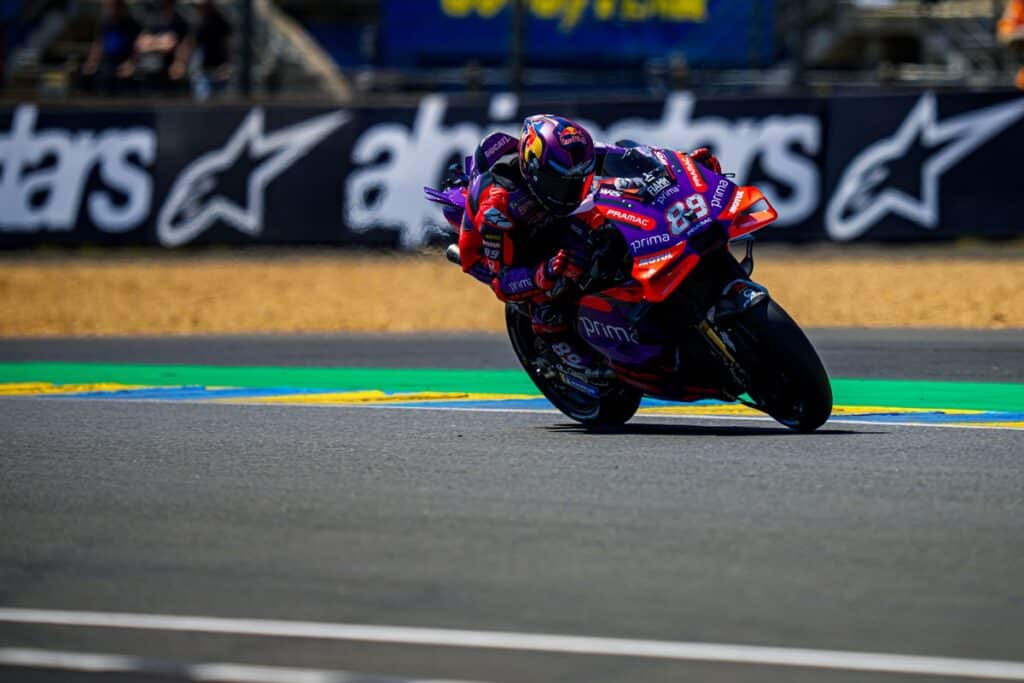
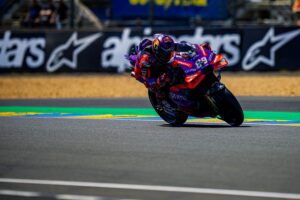
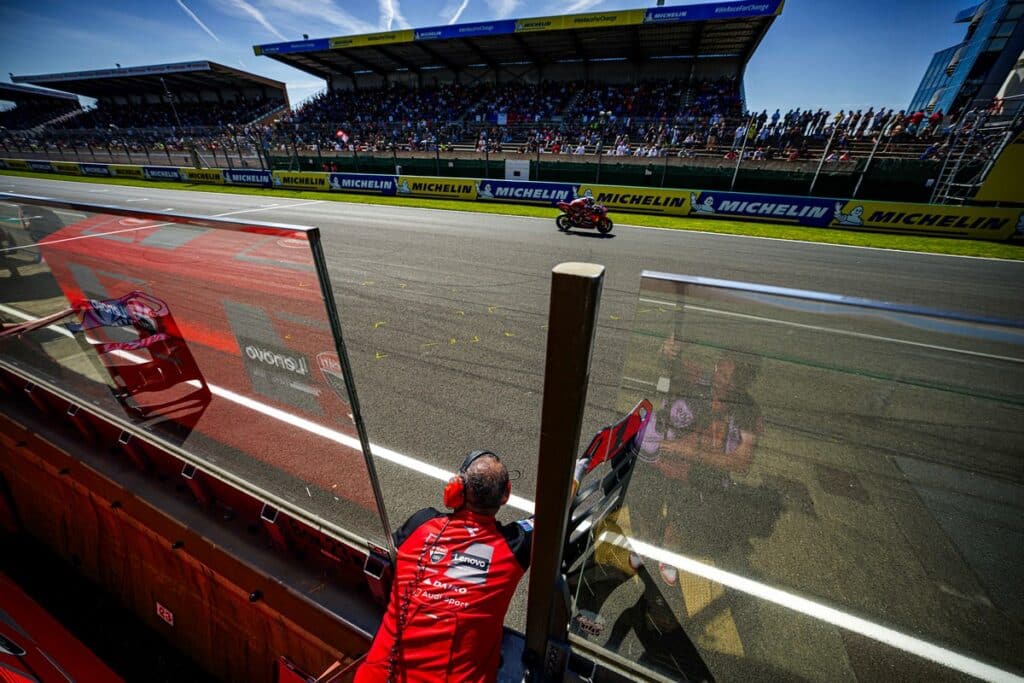
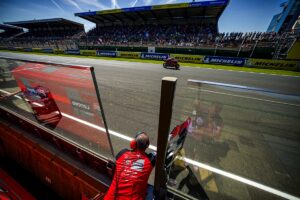
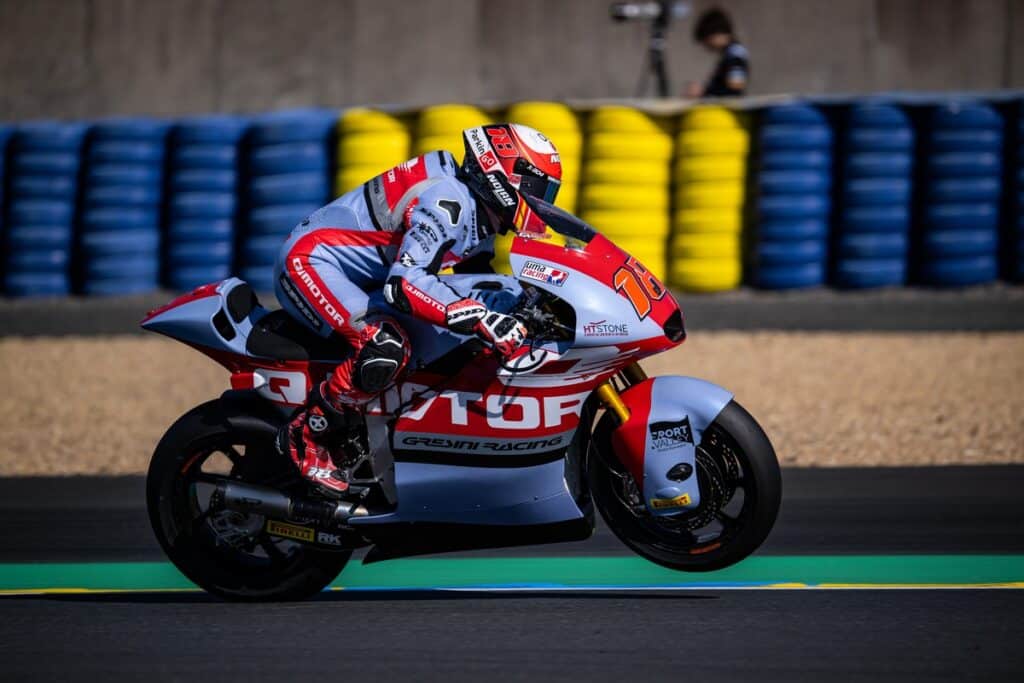
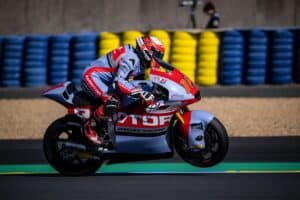
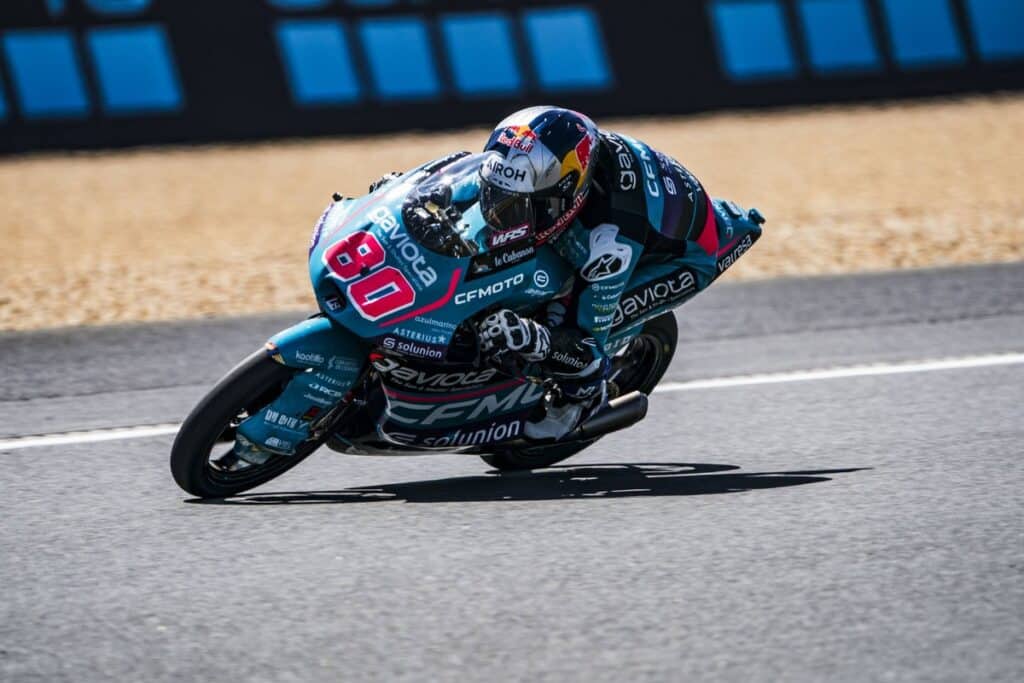
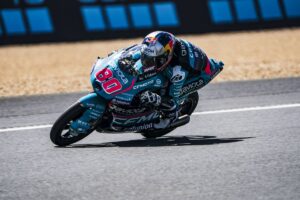
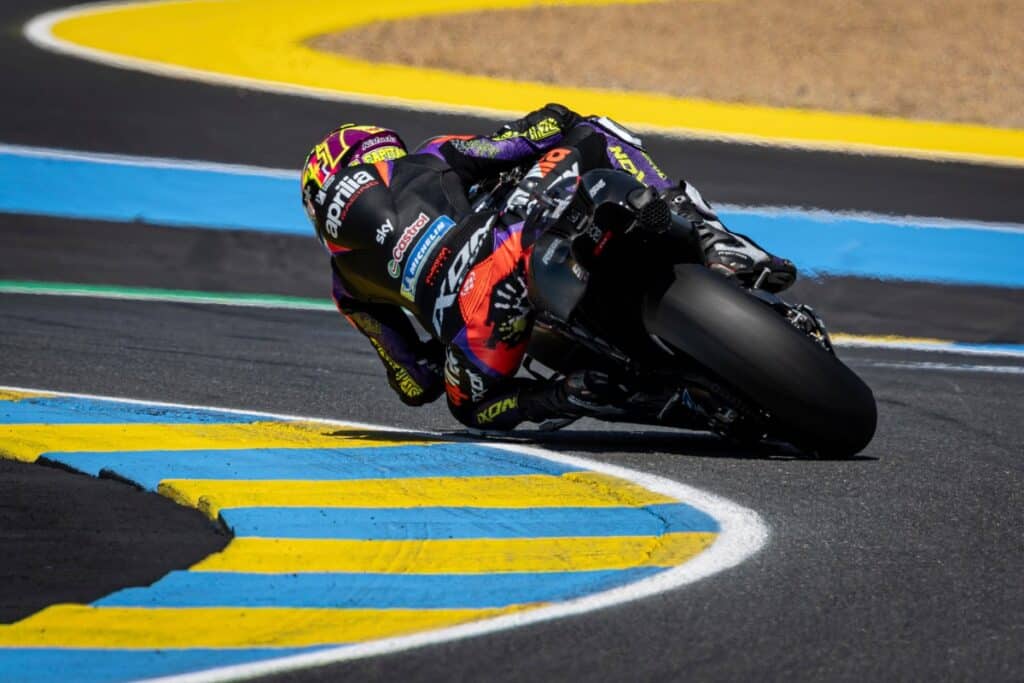
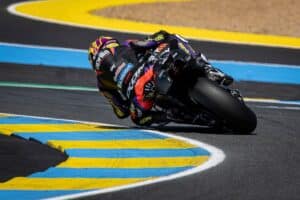
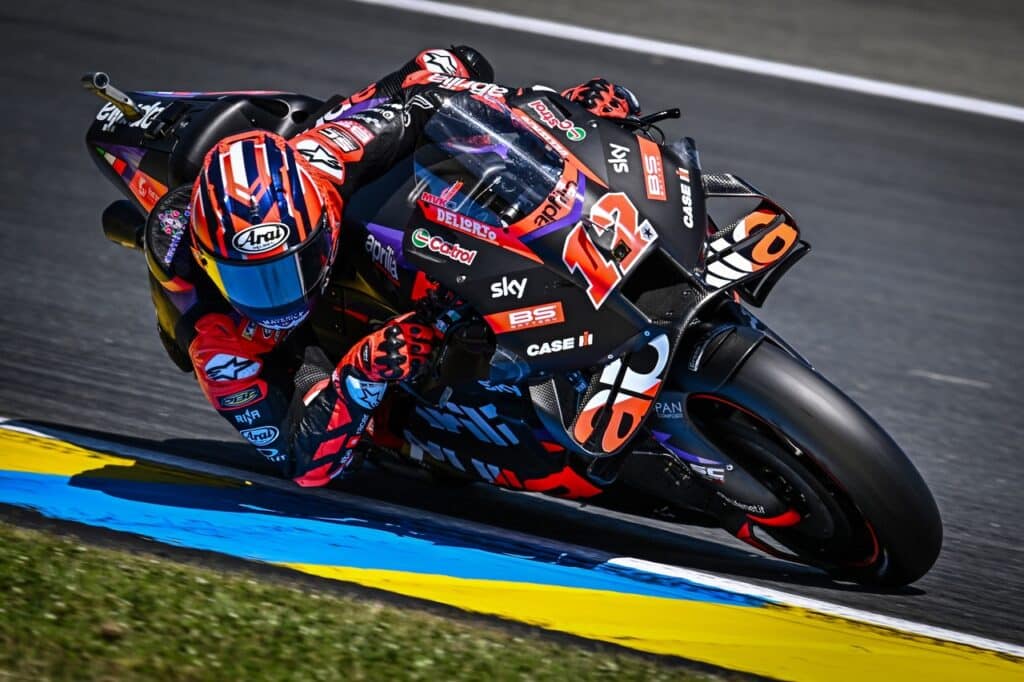
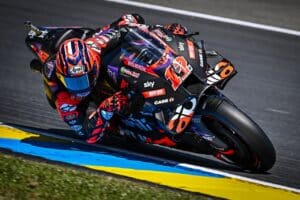
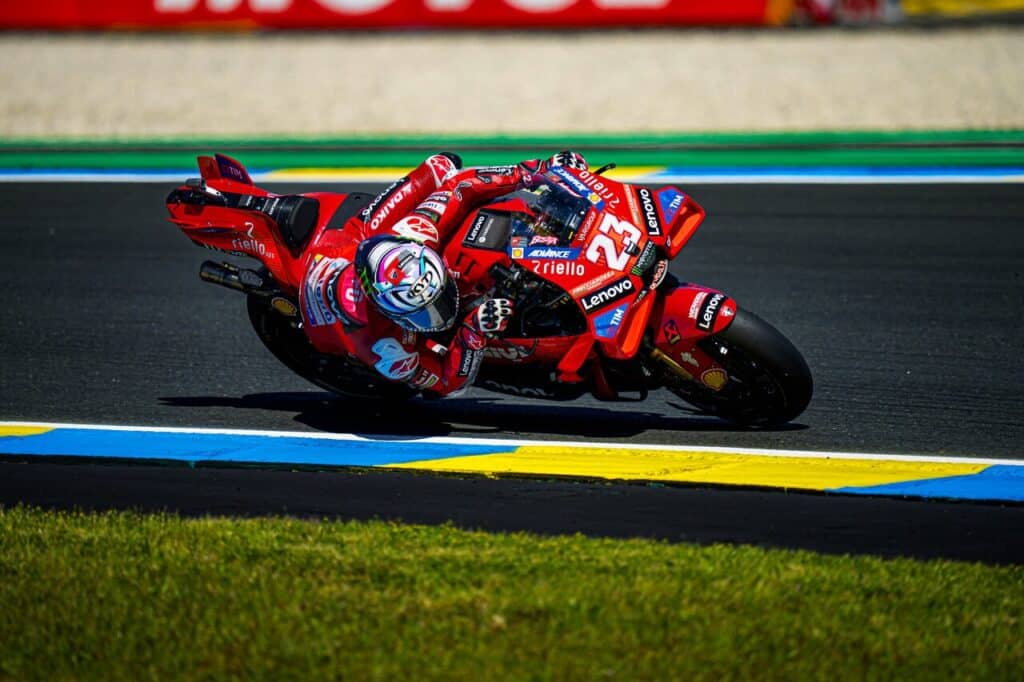
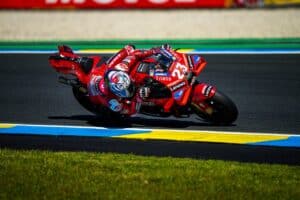
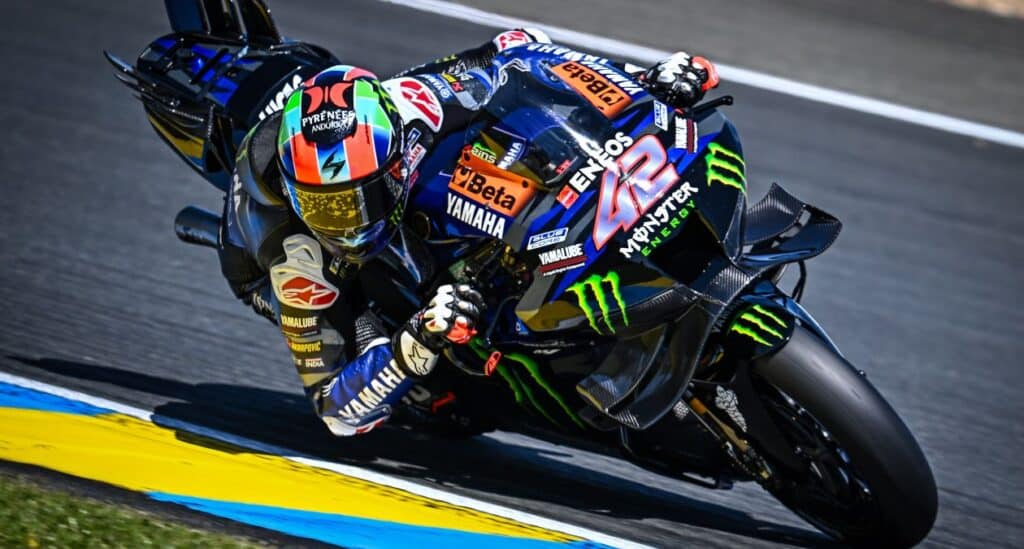
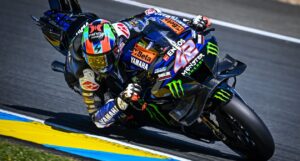













You must be logged in to post a comment Login